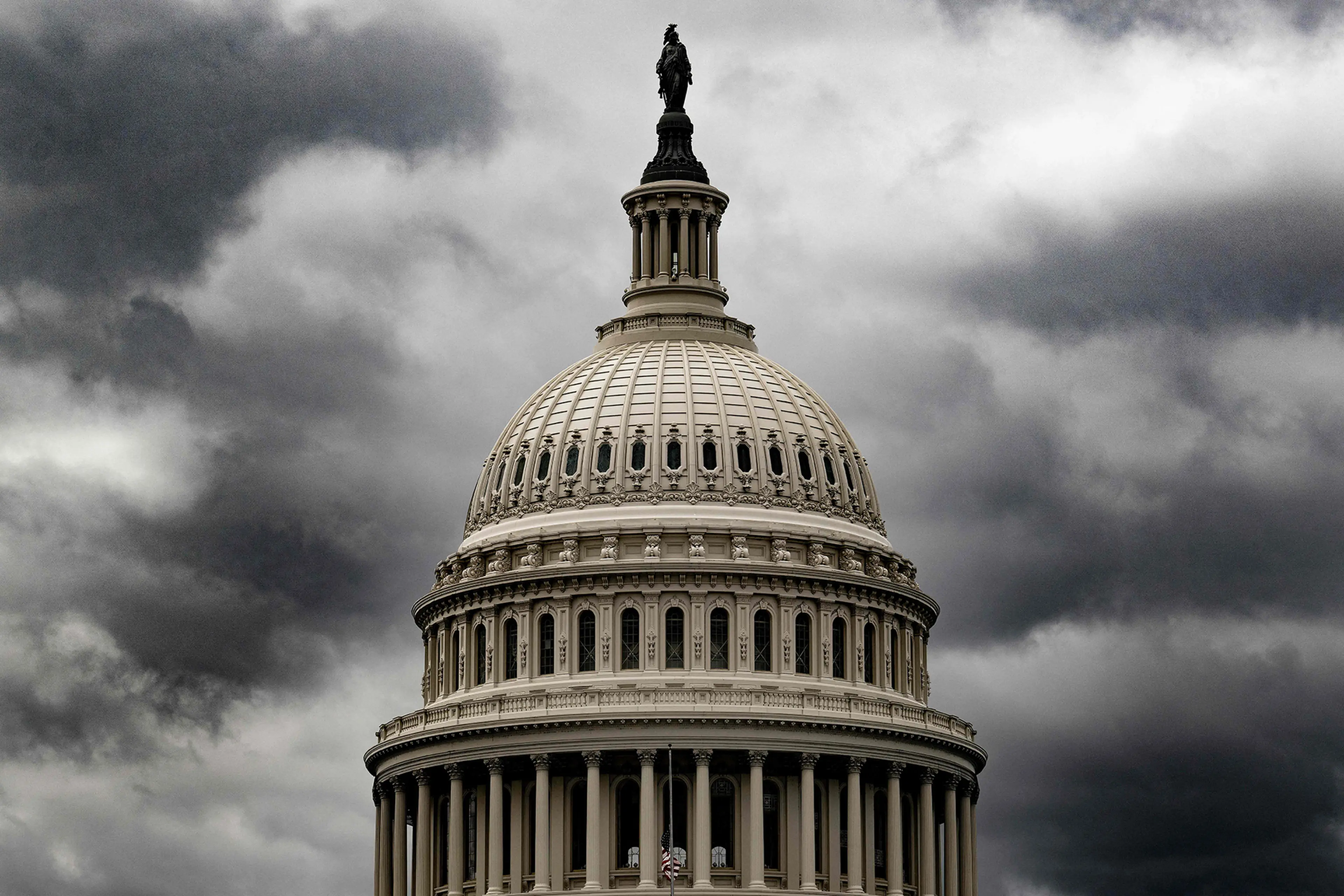The Federal Reserve’s policy meeting on December 13-14 revealed unanimous agreement among officials that the US central bank should decelerate the pace of its assertive interest rate hikes. This approach aims to sustain the elevation of credit costs for the purpose of managing inflation, yet in a gradual manner designed to mitigate risks to economic growth.
The minutes of the meeting, disclosed on January 4, indicated policymakers’ continued focus on regulating the speed of price increases, which posed a threat of surpassing expectations. There was concern about any potential “misperception” in financial markets regarding a possible weakening of their commitment to combating inflation.
Nevertheless, officials acknowledged making “significant progress” over the past year in elevating interest rates sufficiently to curb inflation. Consequently, the central bank now faces the challenge of striking a balance between its anti-inflation efforts and the hazards of excessively slowing the economy, which could “potentially place the largest burdens on the most vulnerable groups” through higher-than-necessary unemployment.
The minutes noted that “most participants emphasized the need to retain flexibility and optionality when moving policy to a more restrictive stance,” suggesting a possible scaling back to quarter-percentage-point increases at the January 31-February 1 meeting. However, officials also remained open to the prospect of an even higher-than-anticipated “terminal” rate if high inflation persists.
Additionally, a bar chart depicting the US inflation rate from 1990-2022 accompanied the information. Officials acknowledged the progress made in managing inflation, as depicted in the chart.
Moving on to another topic, a private-sector survey on January 5 revealed that China’s services activity contracted in December due to a surge in COVID-19 infections affecting demand. The Caixin/S&P Global services purchasing managers’ index (PMI) rose to 48.0 in December from 46.7 in November but remained below the 50-point mark, indicating contraction in activity for a fourth consecutive month.
China abandoned its stringent zero-COVID strategy in early December, leading to a spike in COVID-19 infections nationwide. The resultant impact on business, combined with the lingering effects of the country’s previous COVID-related restrictions, has inflicted hardship on the services sector, as observed in both the Caixin/S&P Global PMI and a larger official services PMI published in December. Despite the contraction, business confidence in the services sector rose to a 17-month high.



